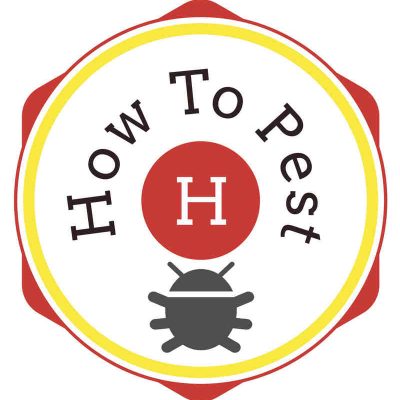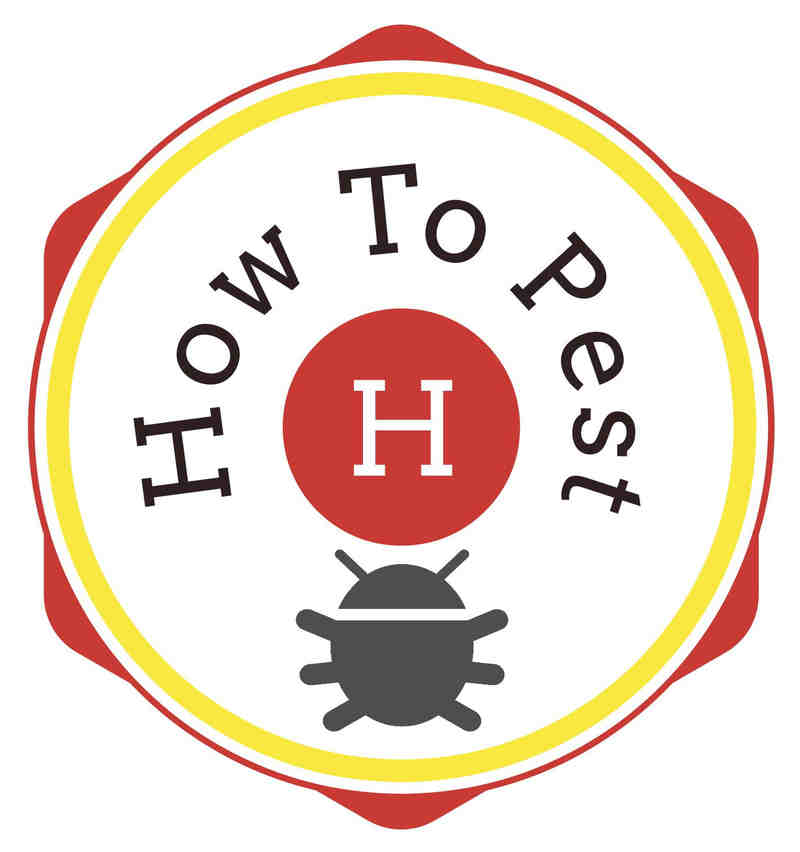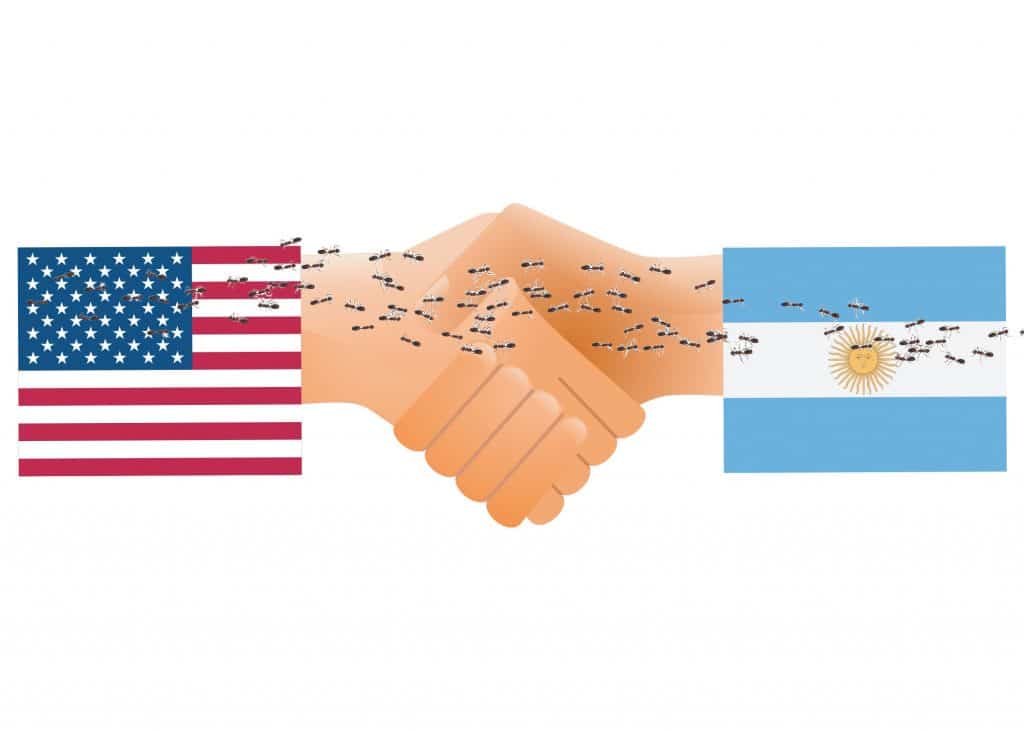While Argentina won’t be crying for you, there’s a good chance you might cry for (or curse) Argentina for sharing the Argentine ant with you. Native to Argentina, hence the super-creative name, Argentine ants stowed away on a cargo ship over a century ago and sailed the seven seas (or at least three seas; Atlantic, Caribbean, and the Gulf of Mexico) to find a home in the United States. From their maiden voyage so many years ago to today, Argentine ants are the most common ant in southern California and can be found widespread throughout the United States.
Argentine Ant Identification
If you have had the not-so-pleasant experience of finding trails of dark-colored ants cruising through your house or on your property, you most likely have met the Argentine ant. The ants measure about three millimeters long and invade areas with the sole purpose of finding food and water. Since our homes contain both food and water, we have everything they are looking for, which not-so-lucky for us, makes our dwelling place a prime target. Given the fact that they are not picky eaters and will eat practically any food, removing certain foods from your home will not solve your Argentine ant problem. They have a sweet tooth like no other but will also feast on vomit, feces, and rodents, so basically the potential food sources for these ants is anything and everything. They make this happen by sending out scouts to locate food sources, then a bunch of their buddies, and I mean, a huge bunch, follow a pheromone trail the scouts leave behind that leads them right to their next meal. The next thing you know, there’s a big ol’ Argentine ant party going on in your kitchen, and you definitely were not invited.
Argentine ants play a major role in the natural eco-system in Argentina, but in the United States, not so much. Even though they have adapted well to areas of the U.S., they are considered an invasive species because they are a significant threat to native wildlife. In fact, in the world of insects, Argentine ants are pretty much a living terror. In addition to being super aggressive, they are known for teaming up with other Argentine ant colonies to combine forces to overpower and greatly outnumber their opponents. Even larger ants with powerful stings, paper wasp nests, carpenter bees, killer bee nests, and bird nests are not safe from these ants. Their relentlessness and the size of the combined colonies simply outnumber their enemies until the enemy colony, whatever it may be, is destroyed.
Lifecycle
Within each colony, there are multiple queens who breed rapidly, making the size of the colony increase exponentially. All Argentine ants are the same size, with no size difference between the queen and the workers. The single function of a male Argentine ant is to mate with a queen to continue to grow the colony. The males usually die soon after mating. Queen Argentine ants only need to mate with a male once to have everything she needs to produce fertile eggs for the rest of her life. One and done!
As the colonies grow and combine with other colonies, the size of an infestation can literally populate entire city blocks.
Besides getting comfy in your home, Argentine ants like moist areas, like mulch, soil, under wood, logs or other debris on the ground, under trash and home foundations. They may also nest in hollowed out areas at the base of trees or under bushes. It is when the weather turns cold that they move indoors, which is also when they find whatever means they can to take shelter in your home.
How To Get Rid of Argentine Ants:
So, you’ve seen them, you know you have them, now what? Don’t worry, we’ve got you covered. Argentine ants feed by moving food from mouth to mouth, which is disgusting, but it’s how they roll. With this transferring of food, using baits to treat your Argentine ant problem is probably a more effective route to take, and HowToPest.com has a number of baits available for this very problem. Take a look at the product list and consult our professional technicians if you have any questions at all. Don’t let these ants taint your opinion of Argentina. The country actually has far more to offer than just these namesake pests.





